The debate over peeing in the shower continues, with many advocating for the practice due to its water-saving benefits. However, Dr. Alicia Jeffrey-Thomas, a pelvic health specialist, warns that for those assigned female at birth, this habit could have unintended health consequences.
The Water Conservation Argument
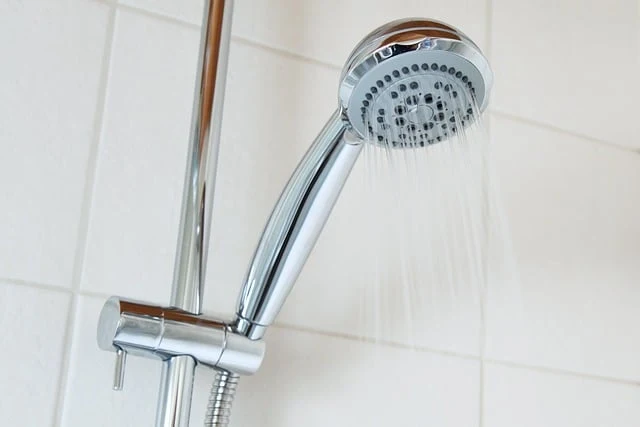
One of the strongest arguments for urinating in the shower is its potential to save water. By eliminating the need for a separate toilet flush, a person could save approximately 2,190 liters (579 gallons) of water per year. If the entire U.S. population adopted this practice, it could lead to an annual water savings of 699 billion liters (185 billion gallons). This significant reduction in water consumption highlights the environmental advantages of shower urination.
Potential Health Risks: The Pelvic Floor Connection
Despite the environmental benefits, the potential health consequences of this habit must be considered. Dr. Jeffrey-Thomas explains in a TikTok video that regularly peeing in the shower may lead to pelvic floor and bladder control issues.
The Pavlovian Response
Dr. Jeffrey-Thomas likens this habit to Pavlov’s classical conditioning experiment, where dogs learned to associate the sound of a bell with food. Similarly, repeatedly urinating in the shower can train the brain to link the sound of running water with the urge to pee. This association may result in involuntary urination triggered by running water sounds, such as a faucet, toilet flush, or even rain.
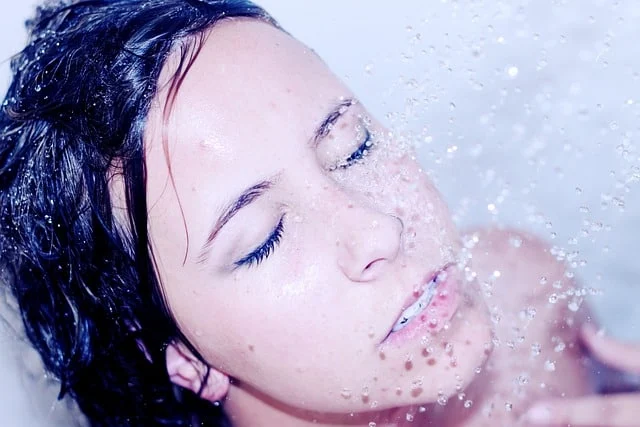
Pelvic Floor Dysfunction Risks
For individuals with existing pelvic floor dysfunction, this learned association can exacerbate bladder control problems. Dr. Jeffrey-Thomas explains that urinating while standing in the shower does not allow the pelvic floor muscles to fully relax, potentially leading to incomplete bladder emptying. Over time, this can contribute to urinary retention and increase the risk of urinary tract infections (UTIs).
Some argue that squatting while urinating in the shower might alleviate pelvic floor strain. Dr. Jeffrey-Thomas acknowledges that a full squat position allows for better pelvic floor relaxation, but she still advises against making shower urination a habit. If one must urinate in the shower, a proper squatting position is preferable to standing.
Why Doesn’t Toilet Flushing Trigger the Same Response?
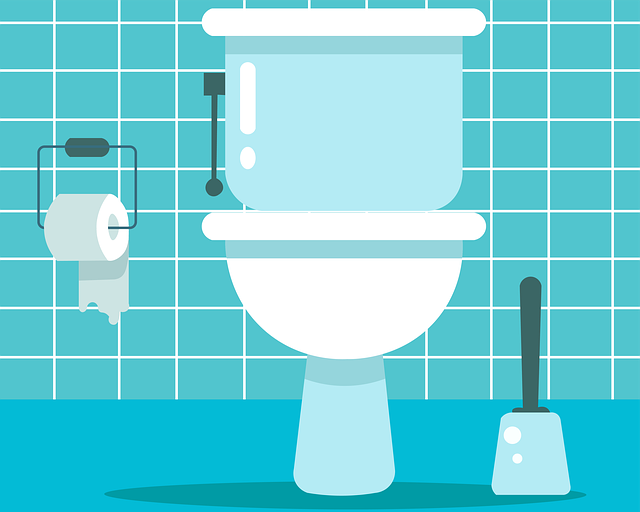
A common question is why flushing the toilet doesn’t condition the brain in the same way. Dr. Jeffrey-Thomas clarifies that by the time a person flushes the toilet, they have already urinated, so no association is formed. However, individuals who struggle to resist the urge to urinate when exposed to running water may already have underlying bladder control issues.
Understanding Pelvic Floor Dysfunction

Pelvic floor dysfunction is a common condition, particularly among women. The pelvic floor is a group of muscles that support the bladder, uterus, rectum, and other organs. Dysfunction occurs when these muscles become too weak or too tight, leading to symptoms such as:
- Urinary and bowel incontinence
- Lower back pain
- Pain during intercourse
- Increased urgency or frequency of urination
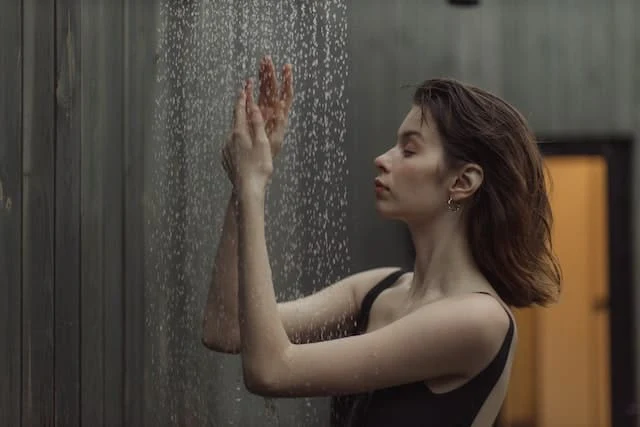
Factors such as childbirth, surgery, aging, obesity, and high-impact activities can contribute to pelvic floor dysfunction. Given that urinating in the shower might worsen symptoms, individuals should be aware of these risks before adopting the habit.
The Biological Factor: Why Female Anatomy Matters
Dr. Jeffrey-Thomas emphasizes that those with female anatomy are not designed to urinate while standing. Unlike male anatomy, where the positioning allows for better bladder emptying while standing, females may struggle to fully relax the pelvic floor in this position. This can lead to incomplete bladder emptying, increasing the risk of UTIs and other urinary complications.
Pros and Cons of Peeing in the Shower

Pros:
- Water conservation: Reduces toilet water usage significantly.
- Convenience: Saves time, particularly during a rushed morning routine.
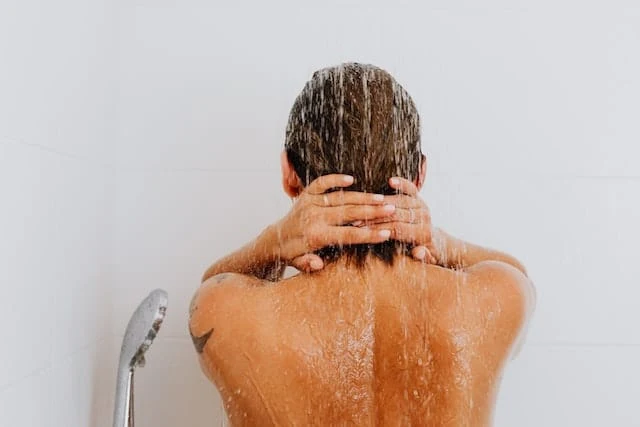
Cons:
- Pelvic floor health risks: May contribute to bladder control issues and pelvic dysfunction.
- Conditioned response: Can create an involuntary urge to urinate when exposed to running water.
- Sanitation concerns: While urine is mostly sterile, it can still contain bacteria that may pose hygiene risks.

The Bottom Line
While peeing in the shower may seem like an eco-friendly and convenient habit, it is important to weigh the potential health risks. Dr. Alicia Jeffrey-Thomas’s insights serve as a reminder to consider the long-term effects of our daily routines. Striving for sustainability should not come at the cost of personal health. Ultimately, making an informed decision based on both environmental and health factors is key to maintaining overall well-being.
A woman takes a photo while sprinting through the rainforest, only to later notice an eerie detail in the bushes

Over the years, the internet has seen its fair share of spooky images. From possible Bigfoot sightings to UFOs in the sky to ghosts haunting the windows of old houses, there’s no shortage of creepy photos.
While many of these images are often easily explained, usually just by camera blur or clever Photoshop work, there are some that seem to defy all logic. Take the case of runner Kay Borleis, who discovered something disturbing in a photo she took during her 100-mile run through the Hawaiian rainforest.
In 2019, Kay participated in the Hawaiian Ultra Running Team’s Trail 100-Mile Endurance Run, which involved completing five laps of a 20-mile loop through dense jungle. She was accompanied by her friend Cassie, who acted as a pacemaker and captured moments during her run.

A photo showing Kay walking along a muddy trail took a surprising turn when she later noticed a strange detail in the background. In a post on Reddit, Kay shared: “My Pacer took this photo. Look closely at the figure to the left of my head. We didn’t see anyone pass by and there were no statues on the trail. It’s NOT photoshopped; this is real”.
When you zoom in on the image, you can see a dark figure in tattered clothing who appears to be watching Kay as he runs. However, Kay insisted that no one was there at the time.

She continued: “According to Hawaiian legend, the ghosts of ancient warriors known as Night Marchers roam the island. Described as ‘murderous shadows’, they haunt the land as the spirits of past fighters and heroes”.
Kay continued her research and found that legends say that anyone who looks at the Night Marchers could face a terrible fate. To avoid this, mortals are advised to lie down in submission to show respect, which could potentially spare them harm.
“Luckily we didn’t encounter the Night Marcher”, she said with relief. Have you ever spotted something unexpected in one of your photos? Share your experiences in the comments!



Leave a Reply